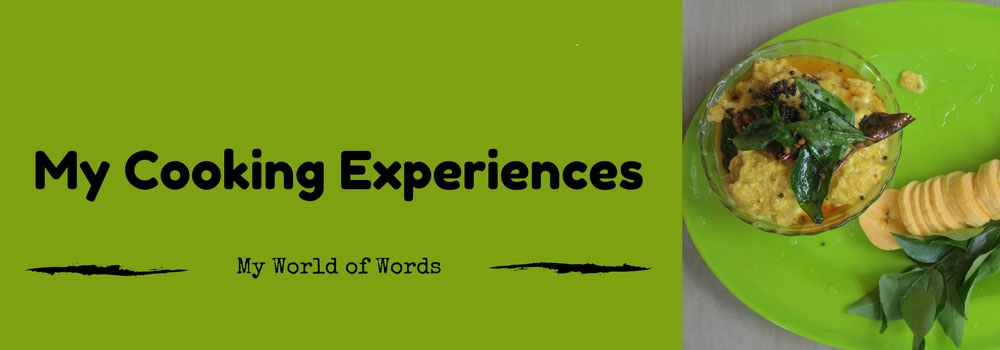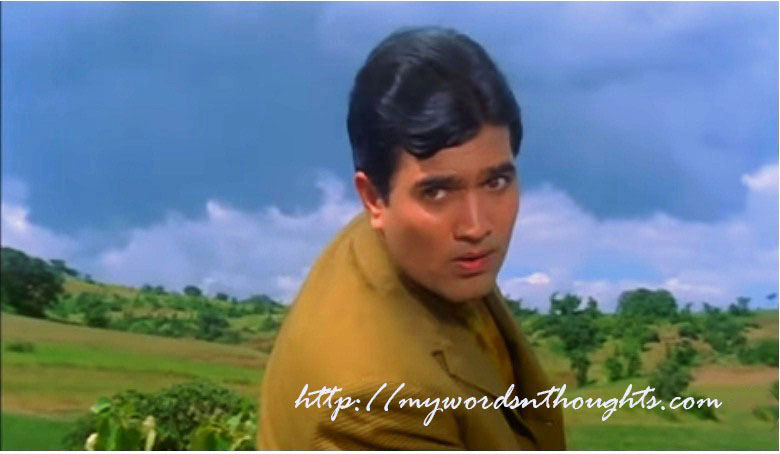A brief note on Beemapally Mosque, Thiruvananthapuram known for Chandanakudam offering
Beemapally, the place in the outskirts of Thiruvananthapuram city, close to coastal belt is famous for Mosque known as Beemapally Dargah Shareef and the annual celebrations known as Urus, which invite people of different categories. The mosque and its premises form a commercial hub for local purchases too. The mosque includes tomb of Syedunnisa Beema Beevi, a woman believed to have divine powers, and her son Syedu Shuhada Maheen Abubacker, and the annual urus festival of 10 days marks the death anniversary of Syedunnisa Beema Beevi. Chandanakudam (sandal pot) is a major attraction of the festival.
History of Beemapally Mosque

Beemapally Mosque owns the history of 7 centuries. The mosque has been established in the name of Syedunnisa Beema Beevi, who is believed to a descendent member of Prophet Mohammed’s family. She is also believed to have divine powers. A great believer of god, and a woman of high virtues, she was married to Abdul Gafar and they had one son, Syedu Shuhada Maheen Abubacker.
This lady, through her deep belief in god achieved many divine powers, and through her miraculous power & prayers, cured many diseases. Her son also owned many such powers. It was during the time of death of Abdul Gafar, Khalifas ruled Arabia. During the rule of third Khalifa, the kingdom lost peace and internal conflicts arose.
Beema Beevi got a vision from god, asking her in dreams to come to India with her son. Thus, she reached Thiruvallam of Thiruvananthapuram district, Kerala. Serving poor and healing ill people through prayers, slowly Beevi found place in people’s hearts. Many people who Beevi cured, became her disciples. Knowing that if mother or son touch their heads & pray to god, any disease can be cured, people from far away places started coming there.
But the rulers were jealous of the fame of Beevi & her son. The time when Maheen Abubacker went for pilgrimage in Mecca, they started troubling Beevi in the name of taxes, known as ‘Chungam’ in local terms. The son when returned, rebelled against authorities, and they killed him. Hearing the death of her son, Beevi also very soon died heart broken. As per her last wish, she was buried near to son’s tomb. The place was a dense forest then, and the tombs of both remained unknown to outer world for a long time.
Years later, people who went inside woods in search of firewood noticed the tombs. The head of the group got a divine vision that, the place where both tombs were situated should be cleaned, a small roof to be build & lamp to be lighted. It was also instructed in the dream to use salt water of seas to light the lamp (Kuthuvilakk) instead of oil. To everyone’s surprise, when the lamp was lighted adding salt water, it stood for a long time glowing. Years later that small roof was renovated to a small mosque. The foundation stone of Beemapally Mosque seen now was laid in 1967 by M. Muhammad Ismail, the first president of Indian Union Muslim League. Gopala Krishnan, who constructed many mosques in Kerala was the main architect.
The tombs are now decorated with flowers and curtains. Agarbattis are lighted near tombs, giving a pleasant aroma in the air. There is one banyan tree in front of the mosque. Though constructed under same roof, the mosque and tombs have separation. A wall has been constructed in between.
Blessings of Kalladi Bawa

Outside the main mosque is the tomb of Kalladi Bawa, known as Cheriya Bawa Palli (Young Bawa Mosque). No one really knows who is this Kalladi Masthan, or from where he came to this place. His real name is still unknown. Masthan reached the mosque someday, and he talked in a strange language, no one could understand.
He was seen untidy, without bathing or wearing dress. Yet his body owned a unique perfume always. People used to reach there, to see him & give him food & dress. Yet from the crowd, he just called one person, from whom he accepted food, ate a little & have the rest to someone. Occasionally he accepted dress from visitors, wore for one day & next day gave to someone. Sometime he used to go inside the mosque, where he talked in front of the tombs of mother and son.
He also had a strange habit to throw small stones at people who visit him. He throws stones on only those people, who he liked, and they take it as his blessings. It won’t pain when he throws stones. That’s how he got the name ‘Kalladi Masthan’ which literally means Masthan who beats with stone. Now also people visit his tomb and pray to cure mental diseases.
Medicinal drops of magic
There is one well near the mosque, known for its miraculous effects. When Syedu Shuhada Maheen was murdered, his body was torn into pieces, and his mother got his corpse in this way. Before final rituals, the body was to be cleaned with water. It’s believed that for water when Syedunnisa dig a hole using hands on soil, the medicinal well (marunnu kinar) was formed. The place where his body was found, this well is located there.
It’s believed that the water of this well can cure any disease. Even during hot summer, the well doesn’t dry up. Daily 1000s reach here to drink water and bath from this well. Initially one well was present. When more people started reaching there, one more well was dug, close to the first one.
Bheemapally owns centuries of history. A book was published in 1989 titled, Munajad, based on this mosque. A. Mohammed Abdul Khadar Pulavar had a dream through which he came to know about the history of the mosque, and he authored the book, in the form of a poem in Tamil language. The poem began with the lines,
“Nabithirumaravil Ninru Nadanamayitthamaheen
Aboobakkaroliyin mithilarumaiser”
The mosque is famous for Urus

Urus is the annual festival of the mosque, a form of offerings by believers. It’s also known as Chandana Kudam (Sandalwood Pot), celebrated on the death anniversary of Syedunnisa. From Jama Ul Akhir 1-10, festival is celebrated for 10 days. Customary flag is hoisted every year to begin the celebration. To participate in this festival & to give offerings, thousands reach here from across the globe. It’s believed that believers should circumvallate the tombs of mother and son during this period. Three horses decorated with silk are used for procession.
As per popular belief, if you a hardcore believer & trust in Syedunnisa, while praying you can see mother and son on horses riding. Caparisoned elephants and panchavadyam are other highlights of the procession. A flag from Beema Bibi’s grave is taken on the final day of Chandanakudam Mahotsavam.
Chandana Kudam is offered to fulfil wishes and cure for diseases, and even people from abroad do this offering. Sandalwood is applied on earthen pot, and money is placed inside it. You can put money which you can afford, based on your financial status. Its mouth is swathed with a white cloth. Then incense sticks are lighted in it, decorated with flowers, a garland around neck of pot, and offered to mosque after circumvallating. The count is 1, 3, 5, 7, 9, 11 etc. Never stop circumvallating in even count. Earlier only earthen pots were used. But now people offer gold, silver, steel, brass, aluminium and other metal pots too.
There are a few more offerings which was unique in this mosque. Since long, people used to bring rope & bucket (Thotti & kayal) to draw water from well and later offer inside the mosque with prayers. It’s believed that even dreadful diseases will be cured with this offering. People also offer cattle, hen, lamp, silk, banana, rice, apart from giving food to visitors (annadaanam). People who enter the mosque to pray, the Ustads get hold of their heads and pray. It’s believed that, by praying like this, even evil forces will stay away. There are also people who stay in mosque for months. Many cultural events like religious songs, discussions and duffumutt are also organized.
During fasting season, a special congee called ‘Nombu Kanji’ is prepared in the courtyard of the mosque and distributed. First it’s given to people who reach there from far away places, and later served to locals. In the evenings of fasting season, the mosque will be filled by visitors.
Every year, a person will be chosen as the representative who co-ordinate all festival events. Only people who belong to the locality will be chosen. The mosque also owns many educational institutions. Apart from a couple of Arabi colleges – Noorul Islam & Rafiqul Islam with more than 3000 students, 1 higher secondary school and7 Madrasa are also owned by Mosque. The committee has more than 30 members.














Recent Comments